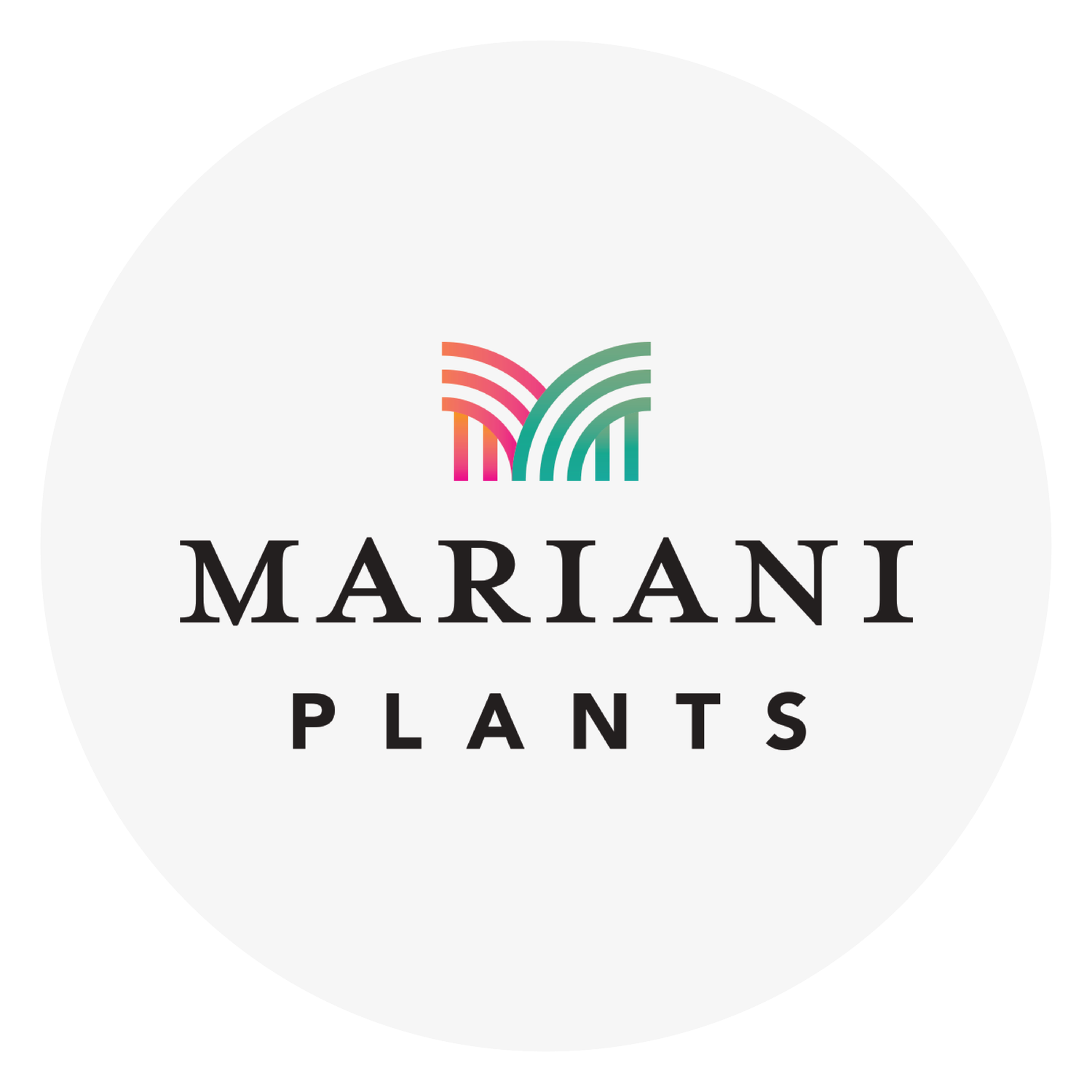For what they’re worth: The value of trees
One aspect of perennial production that I sometimes take for granted is the quick turnaround time on most line items. The fact that we can often plant a perennial liner and sell it all within a matter of ten to twelve weeks affords us a lot of flexibility within a single season. This is not the case with tree production, though. It can take up to five years for a tree liner to be produced on the west coast, and another four to eight years for us to grow it on before we sell it.
Because of this investment of time that goes into growing trees, our nursery managers need to project five years out when it comes to planning for future production, and anticipating trends is difficult. Whereas we can easily plant a crop of a new variety of something like Coreopsis without much risk, field production of trees is not nearly as conducive to experimentation; it’s best for us to stick with the tried and true varieties when it comes to the field.
One of the benefits of our Accelerator® container program is that it does allow us to try new plants at a lower risk, in part because it brings the growth cycle down to one to three years. The Accelerator® containers allow us to grow trees in a controlled environment where the pH, fertilizer, and moisture levels of the soil are perfect, as opposed to the harsher environment of the field. The Accelerator® trees grow faster because they are being grown in ideal conditions, while the field trees are grown on longer to allow them to put on caliper so they will be more successful in the landscape.
There is some variability in the growth rates of different trees; Platanus and Autumn Blaze Maple grow relatively fast, while Ginkgo and Bur Oak are slower growing and require more of a time investment. Elms generally require a lot of touches because they need to be pruned more often, but they also grow fast and allow for more turnover. Depending on the genus and variety, pruning may be needed anywhere from one to three times per year to create better structure and shape, and this is one more element to consider when thinking about the time and labor invested in the production of a tree.
When you think about the process that goes into bringing a tree to the market, from taking the cuttings or tissue cultures, to lining out in the field, to developing the branching habit and establishing a central leader, to growing it on in the field for several years, to ultimately producing a 2.5” or larger caliper tree that can be safely transplanted into its new environment, it really underscores the true value of a single tree. There is nothing like the instant impact created when you install a mature tree into the landscape, and understanding what it takes to get to that point makes me appreciate the final product that much more.

